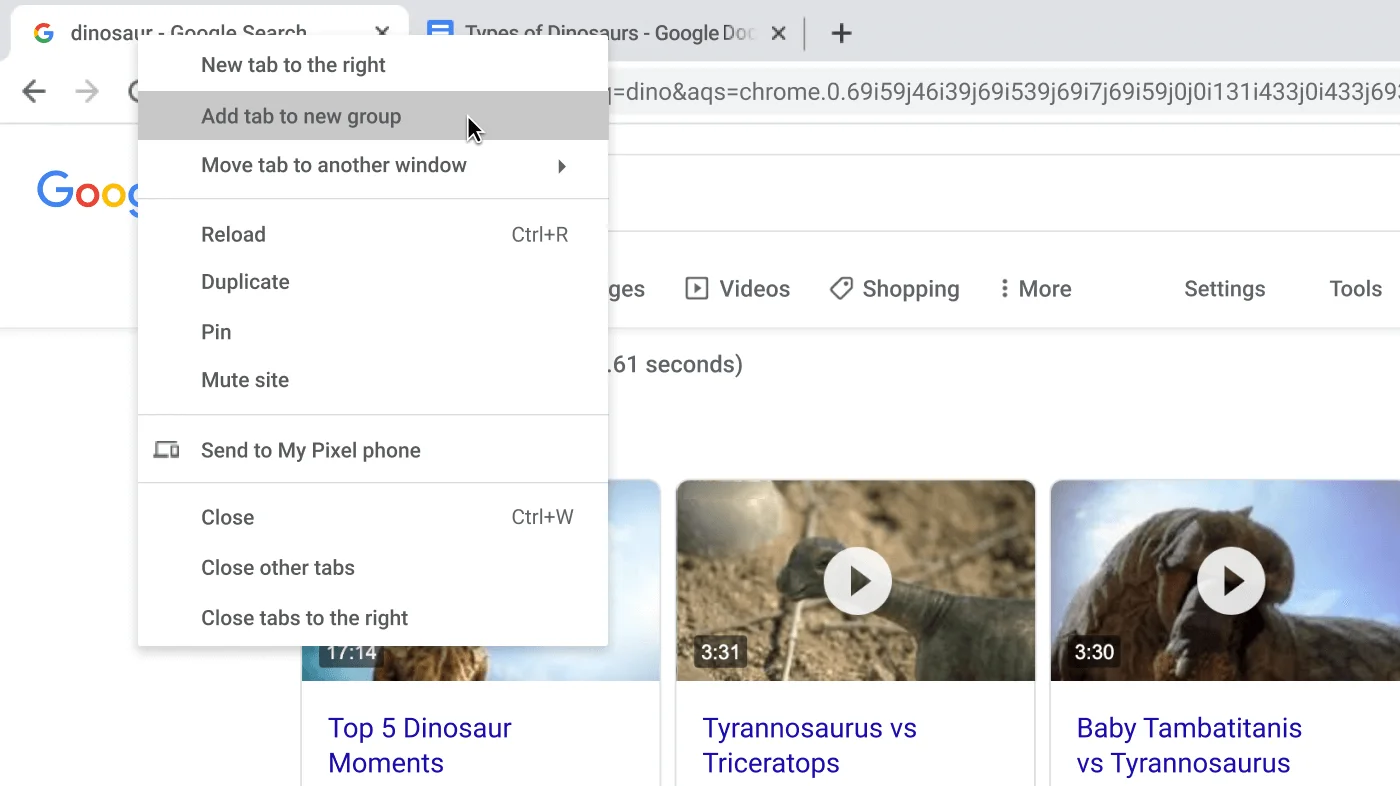Learn How To open a discount store, first create a business plan and secure funding. Choose a suitable location, and obtain necessary licenses and permits.
Opening a discount store can be a lucrative venture for entrepreneurs looking to tap into the budget-conscious consumer market. With the popularity of discount shopping on the rise, these retail outlets cater to those seeking quality products at reduced prices.
Launching your own discount store requires methodical planning, keen understanding of your target market, and a strategic approach in sourcing merchandise. Embracing a solid business model that emphasizes cost-effective operations and a compelling store layout will attract a steady stream of bargain hunters. Strong marketing tactics coupled with exceptional customer service set the groundwork for a successful discount retail business.
Understanding The Discount Retail Market
Analyzing Consumer Demand for Discount Goods begins with recognizing that shoppers often seek the best value for their money. Bargain hunters and budget-conscious consumers fuel this sector, driving the growth of discount retailers. Factors such as economic uncertainty, income levels, and consumer trends dictate the demand. Retailers must constantly evaluate purchasing patterns to stock relevant inventory that meets consumers’ expectations for affordability and quality.
| Key Players | Market Niche |
|---|---|
| Dollar General | Convenience and low-cost essentials |
| Walmart | One-stop discount superstore |
| TJ Maxx | Branded goods at reduced prices |
Discussing Market Trends and Future Projections, discount retailers may see an uptick in an inflationary economy as consumers prioritize savings. The rise of e-commerce also compels brick-and-mortar discount stores to integrate online shopping options. Anticipating advancements in technology and evolving consumer needs will secure the presence of discount retailers in a competitive market.
Credit: support.google.com
Creating A Business Plan For Your Discount Store
Defining your target market is a vital step in crafting a business plan for your discount store. Begin by analyzing demographic data to understand who your potential customers are. Next, establish a clear value proposition that sets your store apart from competitors and addresses the needs of your target audience. This should focus on the benefits and savings you offer to customers.
Identifying your product range involves researching which products are high-demand within your decided market. Develop sourcing strategies by networking with wholesalers and manufacturers that can provide products at competitive prices, ensuring your store can offer attractive discounts to shoppers.
| Task | Details |
|---|---|
| Budgeting | Project your financial outlook by considering initial investment, operational costs, and expected revenue. This culminates in a solid financial projection to support your business strategy. |
| Branding and Marketing | Develop a brand identity that resonates with your customers and plan a marketing strategy that effectively communicates your store’s unique selling points. |
Logistical Considerations For Opening Your Store
Finding an optimal location is pivotal for your discount store’s success. High foot traffic and visibility can significantly boost your store’s performance. Seek areas with easy accessibility, ample parking, and proximity to complementary businesses.
Concerning lease agreements and space customization, investing time in negotiation can lead to substantial savings. A thorough understanding of contract terms and renovation allowances is crucial before finalizing any deal. Flexibility in design allows for an efficient layout that maximizes retail space and enhances shopper experience.
Effective inventory management is the backbone of a thriving discount store. Implementing robust ordering systems and practicing creative display techniques can drive sales and reduce overstock. Regularly reviewing sales data helps in maintaining an inventory that aligns with consumer demands.
Lastly, your store’s success is greatly influenced by the competence and motivation of your staff. Developing a sequential training program ensures that all employees are well-informed about products and store policies. Motivation can be fostered through incentives and recognition of exemplary work.

Credit: www.google.com
Navigating Legalities And Compliance
Registering your business is a crucial first step to open a discount store. This involves choosing a business structure, such as a sole proprietorship, partnership, LLC, or corporation, and securing a unique name. Follow this with obtaining an Employer Identification Number (EIN) from the IRS, which is essential for tax purposes. The next step is securing the necessary permits, which can vary depending on your location but typically include a general business license, a resale certificate for sales tax collection, and possibly a zoning permit.
It is vital not to overlook retail regulations and tax obligations. Stay informed about the latest laws related to consumer protection, employment, and merchandise import regulations. Maintaining accurate records simplifies the process of calculating sales tax and filing tax returns.
Insurance and risk management cannot be ignored. Several insurance types – like general liability, property, and workers’ compensation – may be required. These safeguard against litigation, theft, or disasters. Complement these with an internal risk management plan to further minimize potential risks.
Marketing And Launch Strategies
Building local awareness through effective advertising is crucial for the launch of a discount store. Eye-catching flyer distributions and engaging storefront displays draw attention, while collaborating with other local businesses can create a buzz. Hosting a charity event or sponsoring a local sports team can also increase visibility within the community.
Planning for a grand opening should include enticing promotions to ensure an excellent initial customer experience. Special discount offers, giveaways, and loyalty program sign-ups can generate excitement and encourage shoppers to return. An engaging and welcoming atmosphere, demonstrated through activities like a ribbon-cutting ceremony and live music, can foster positive word-of-mouth.
To effectively leverage social media and digital marketing, establishing a solid online presence is essential. Creating engaging content on platforms like Facebook, Instagram, and Twitter helps in building relationships and reaching a wider audience. Utilize targeted ads and SEO strategies to increase visibility. Hosting online contests or partnering with influencers can exponentially increase the store’s presence in the digital space.
Growth And Scaling Your Discount Store
With a strategic approach, analyzing sales data provides insight into consumer buying patterns and product performance. Use cutting-edge tools to track which products are bestsellers and which are not meeting expectations. Additionally, customer feedback is invaluable; it guides inventory decisions and highlights areas for improvement. Through surveys and review analysis, gain a clearer understanding of your customers’ needs and preferences.
Expanding your product lines and services can significantly attract new customers and keep existing ones returning. Identify market trends and incorporate products that align with your brand yet tap into diverse customer interests. Additional services such as loyalty programs or home delivery can also enhance customer satisfaction and increase repeat business.
Branching out into multiple locations offers potential for significant growth. Conduct market research to pinpoint areas with a high demand for discount retail. Take a calculated approach by considering the competition, local demographics, and the logistical aspects of supplying multiple stores. Use the success model of your current store as a blueprint for replication in new locations, adjusting strategies as necessary for local market conditions.

Credit: www.nytimes.com
Frequently Asked Questions On How To Open A Discount Store
How To Start A Discount Shop?
Begin by researching your market and choosing a strategic location. Secure suppliers offering competitive wholesale rates. Obtain the necessary permits and design a store layout. Develop a marketing plan to attract customers. Operate efficiently to manage costs and offer appealing discounts.
How Do Discount Stores Work?
Discount stores offer products at lower prices by purchasing in bulk, reducing overhead costs, and maintaining minimal store designs. They typically sell a wide range of goods, often with lower profit margins, to attract cost-conscious consumers seeking value for money.
Why Discount Stores Are So Successful?
Discount stores attract customers with their low pricing strategy, offering value for money. They benefit from high inventory turnover and economies of scale. These stores maintain cost-effectiveness by simplifying store designs and reducing operational expenses. Their success stems from consistently delivering affordability to budget-conscious shoppers.
What Is Meant By Discount Stores?
Discount stores offer a variety of goods at lower prices than traditional retail outlets. They typically focus on high-volume sales with minimal customer service.
Conclusion
Embarking on the journey to open a discount store is thrilling. Master these steps and you’re set for success. Stay updated on market trends and customer preferences. Remember, persistence and smart planning turn entrepreneurial dreams into reality. Begin your discount store adventure now and watch possibilities unfold.

Elaine C. Durham is a distinguished figure in the domain of new business investments, recognized for her expertise and strategic acumen in navigating the dynamic landscape of emerging ventures. With a robust educational background and a wealth of experience, Elaine has become a trusted authority in the field, contributing valuable insights to the realm of investment strategies for nascent businesses. Her professional journey is marked by a keen ability to identify promising opportunities, coupled with a shrewd understanding of market dynamics and risk management. Known for her innovative approach and successful endeavors, Elaine C. Durham stands as a beacon for entrepreneurs and investors alike, offering a wealth of knowledge on fostering growth and sustainability in the ever-evolving world of new business investments.


